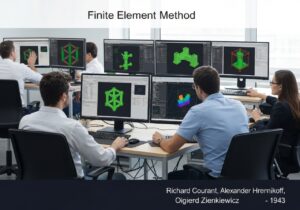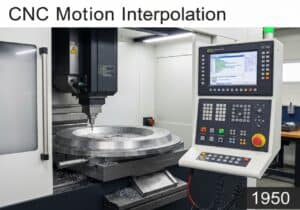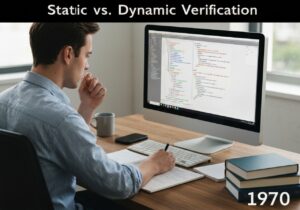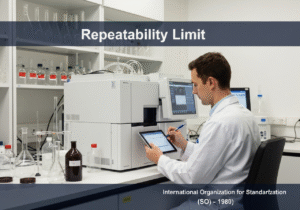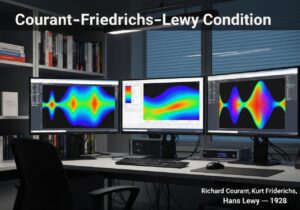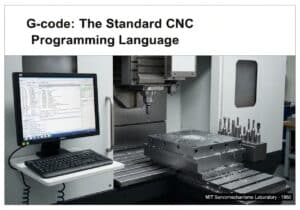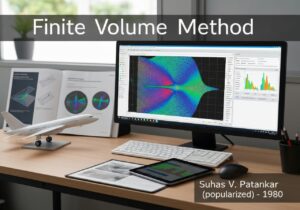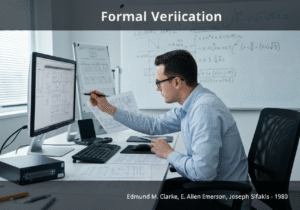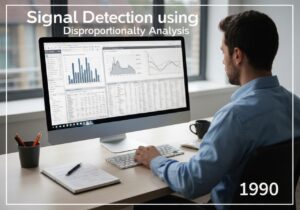验证 和 验证 (V&V) are distinct processes. Verification ensures a product meets its specified requirements (“Are you building it right?”). Validation ensures the product meets the user’s actual needs and intended use (“Are you building the right thing?”). They are complementary activities within quality management, often performed sequentially or in parallel to ensure both correctness and usefulness.
核查与验证
- Barry Boehm

The distinction between verification and validation is fundamental to quality assurance in any complex engineering discipline, particularly software and systems engineering. Verification is an internal quality process focused on compliance with specifications. It involves activities like reviews, inspections, and walkthroughs of design documents, code, and requirements. The goal is to find defects early in the development lifecycle. For example, a code review verifies that the software adheres to coding standards and correctly implements a specific algorithm as described in a design document.
Validation, on the other hand, is an external quality process focused on fitness for purpose. It assesses whether the final product is effective in the operational environment for which it was intended. This typically involves testing the product with actual users or in a simulated real-world environment. For instance, user acceptance testing (UAT) is a validation activity where end-users test the software to see if it helps them perform their tasks efficiently and effectively. A system can be perfectly verified—meaning it has no bugs and meets all documented specifications—but still fail validation if those specifications were flawed or did not accurately capture the user’s true needs.
Barry Boehm’s work emphasized that these two activities answer different questions and are crucial for delivering a successful product. Neglecting verification leads to a buggy, unreliable product, while neglecting validation leads to a product that, while technically sound, is ultimately useless to its intended audience. The two processes work in tandem to ensure both correctness and usefulness.
类型
中断
使用方法
前体
- early concepts of quality control in manufacturing
- formal logic and proof theory
- structured programming principles
- early software testing methodologies
应用
- agile software development methodologies
- systems engineering lifecycle models (e.g., v-model)
- pharmaceutical drug development protocols
- aerospace systems certification (e.g., DO-178C)
- 医疗器械 approval processes (e.g., FDA regulations)
专利:
迎接新挑战
机械工程师、项目、工艺工程师或研发经理
可在短时间内接受新的挑战。
通过 LinkedIn 联系我
塑料金属电子集成、成本设计、GMP、人体工程学、中高容量设备和耗材、精益制造、受监管行业、CE 和 FDA、CAD、Solidworks、精益西格玛黑带、医疗 ISO 13485
历史背景
核查与验证
(如果日期不详或不相关,例如 "流体力学",则对其显著出现的时间作了四舍五入的估计)。
相关发明、创新和技术原理
